Journal: Annals of Emergency Medicine, August 2020
Impact Factor: 6.2
DOI: 10.1016/j.annemergmed.2019.11.013
.png)
Objective: The dwell time of ultrasound-guided peripheral intravenous catheters is suboptimal, with most intravenous lines failing before treatment completion. The length of the intravenous catheter is directly related to catheter longevity. This study primarily investigates the dwell time of mini midline catheters versus peripheral intravenous catheters under ultrasound guidance.
Methods: A single-center, unblinded, randomized trial was conducted. Adult patients with difficult vascular access in the emergency department were recruited and randomly assigned to receive either a 20Ga 4.78 cm peripheral intravenous catheter or a 20Ga 6.35 cm mini midline catheter under ultrasound guidance. The primary outcome was catheter dwell time, with secondary outcomes including first-attempt success rate, insertion time, number of punctures, thrombosis, and infection.
Results: The median dwell time of the mini midline catheter was longer than that of the peripheral intravenous catheter. There were no significant differences in first-attempt success rate, number of punctures, or completion time under ultrasound guidance. No cases of infection or thrombosis were reported.
Conclusion: This study demonstrates that mini midline catheters have a longer dwell time compared to peripheral intravenous catheters when inserted under ultrasound guidance, with similar insertion characteristics and safety profiles.
Study Background: The study was conducted at a large tertiary care center in the United States, with 1,100 beds and 130,000 emergency department visits annually.
Study Methods: From October 2018 to March 2019, 356 patients were screened, and 270 eligible patients were randomly assigned to the mini midline (n=135) or peripheral intravenous catheter (n=135) groups. Thirteen patients (5%) were excluded from the primary analysis, leaving 257 patients for the intention-to-treat (ITT) analysis: 126 in the peripheral intravenous catheter group and 131 in the mini midline group.
Study Results: Compared to the peripheral intravenous catheter group, the mini midline group showed significant benefits in dwell time:
The mini midline group had approximately 50% lower risk of failure compared to the peripheral intravenous catheter group.
68.7% of the mini midline group completed treatment, compared to 57.9% in the peripheral intravenous catheter group.
The dwell time of ultrasound-guided peripheral intravenous catheters was very short, with 43%-47% of cases experiencing premature failure within the first 24 hours post-insertion.
There was no significant difference in completion time between ultrasound-guided mini midline and peripheral intravenous catheters, indicating comparable efficiency.
(1)(1).png)
(1)(1).png)
Conclusion and Implications: This study confirms that, under ultrasound guidance:
1. Mini midline catheters have a longer dwell time compared to peripheral intravenous catheters.
2. Both types of catheters have comparable insertion completion times.
3. Both catheters have similar insertion characteristics, making them suitable for use by practicing nurses.

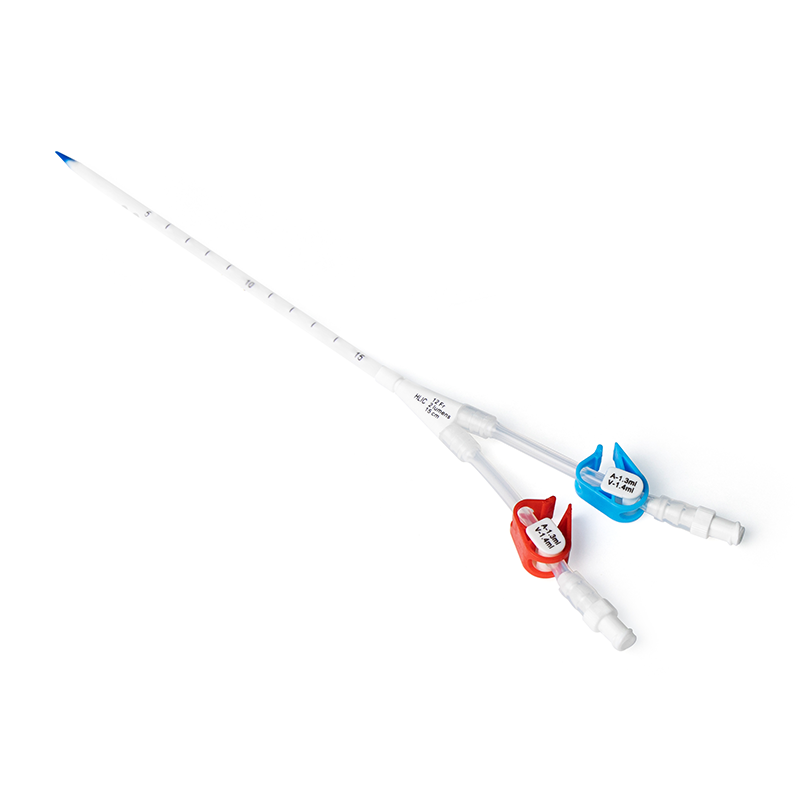
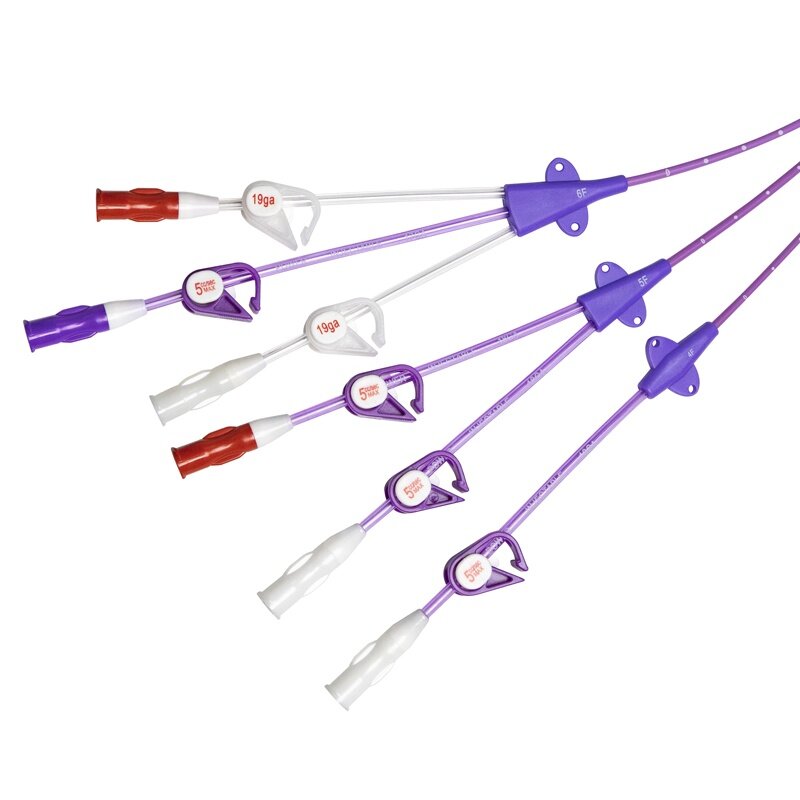
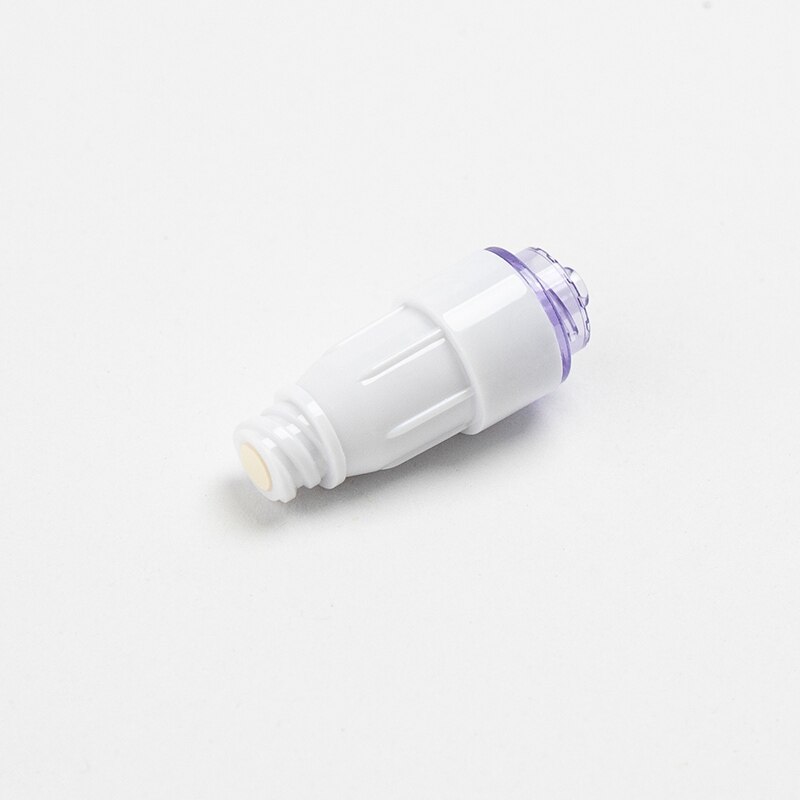
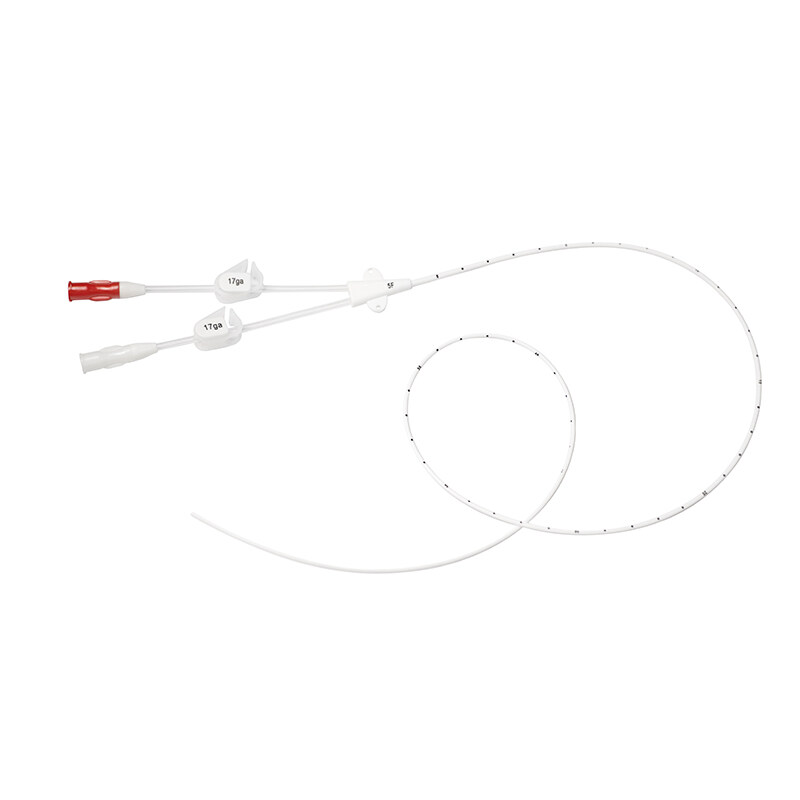
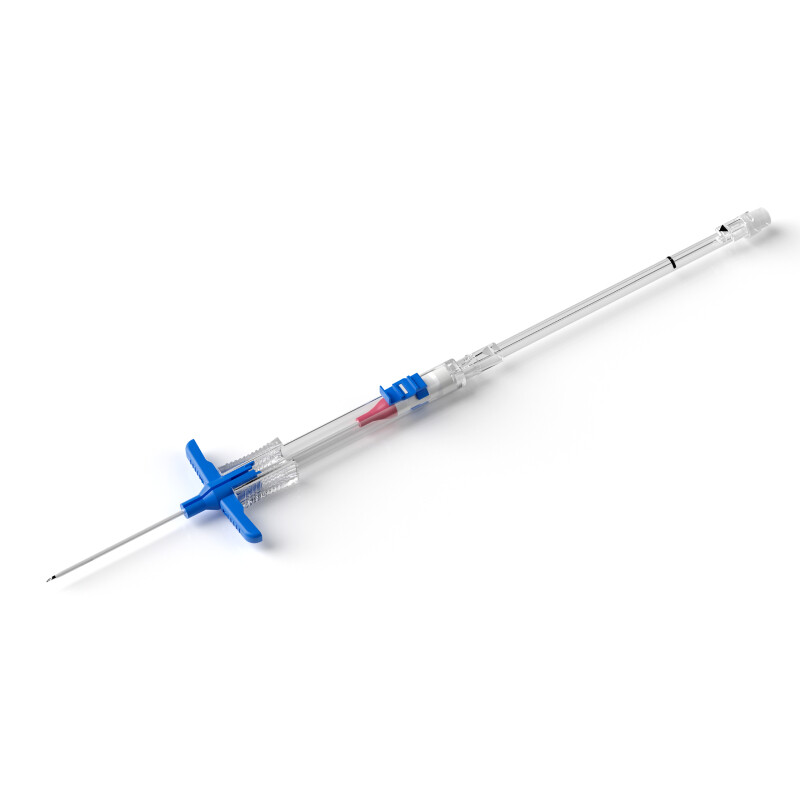
.png)
(1)(1).png)
(1)(1).png)